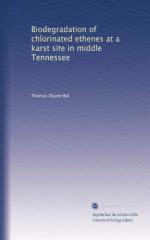|
This section contains 1,131 words (approx. 4 pages at 300 words per page) |

|
Overview
Ethylene (ETH-ih-leen) is a colorless, flammable gas with a sweet odor and taste. It is the simplest alkene. Alkenes are hydrocarbons that contain one or more double bonds. Ethylene was first prepared in 1794 by a group of Dutch chemists including J. R. Deiman, A. Paets van Troostwyk, N. Bondt, and A. Lauwerenburgh. They treated ethanol (ethyl alcohol; C2H5OH) with concentrated sulfuric acid (H2SO4) and obtained ethylene, although they were incorrect in believing that the compound also contained oxygen.
Key Facts
Other Names:
Ethene; bicarburetted hydrogen; olefiant gas
Formula:
CH2=CH2
Elements:
Carbon, hydrogen
Compound Type:
Alkene; unsaturated hydrocarbon (organic)
State:
Gas
Molecular Weight:
28.05 g/mol
Melting Point:
−169.15°C (−272.47°F)
Boiling Point:
−103.77°C (−154.79°F)
Solubility:
Insoluble in water; slightly soluble in ethyl alcohol, benzene, and acetone; soluble in ether
Ethylene occurs naturally in petroleum and natural gas, but only to a very small percentage. It...
|
This section contains 1,131 words (approx. 4 pages at 300 words per page) |

|


